An aqueous solution of X is added slowly to an aqueous solution of Y as shown in Column I. The variation in conductivity of these reactions is given in Column II. Match Column I with Column II and select the correct answer using the codes given below the Columns.

P-3, Q-4, R-2, S-1
P-4, Q-3, R-2, S-1
P-2, Q-3, R-4, S-1,
P-1, Q-4,R-3, S-2
When Et3N solution is added to CH3COOH 'α' of CH2COOH will increase, so though H+ ions will be consumed by Et3N but overall no. of ions in the solution will increase and hence conductivity increase intially.
Ag+(aq)+NO−3(aq)→AgI(s)⏐⏐↓+H+(aq)+NO3+(aq)
Number of ions remain the same so, conductivity does not change much. After all Ag+ ions have been precipated out, then the conductivity will increase .
K+(aq)+OH−(aq)CH3COOH(aq)−−−−−−−−−−−−→H2o(l)+K+(aq)+CH3COO−(aq)
Number of ions remain the same, but number of OH− ions decreases and hence conductivity decreases.
H++I−NaOH−−−−−→H2o(l)Na+(aq)+I−(aq)
Numbe of ions remains the same, but number H+ decreases and hence conductivity decreass.
Topper's Solved these Questions
- ELECTROCHEMISTRYBOOK - VMC MODULES ENGLISHCHAPTER - ELECTROCHEMISTRYEXERCISE - FUNDAMENTAL
50 Videos
- ELECTROCHEMISTRYBOOK - VMC MODULES ENGLISHCHAPTER - ELECTROCHEMISTRYEXERCISE - ENABLE
50 Videos
- ELECTROCHEMISTRYBOOK - VMC MODULES ENGLISHCHAPTER - ELECTROCHEMISTRYEXERCISE - JEE Main (Archive)
57 Videos
- CLASSIFICATION OF ELEMENTS AND PERIODICITY IN PROPERTIES BOOK - VMC MODULES ENGLISHCHAPTER - CLASSIFICATION OF ELEMENTS AND PERIODICITY IN PROPERTIES EXERCISE - JEE ADVANCE (ARCHIVE)
30 Videos
- ENVIRONMENTAL CHEMISTRYBOOK - VMC MODULES ENGLISHCHAPTER - ENVIRONMENTAL CHEMISTRYEXERCISE - JEE Main (Archive)
39 Videos
Similar Questions
Match Column I with Column II and select the correct answer using the codes given.
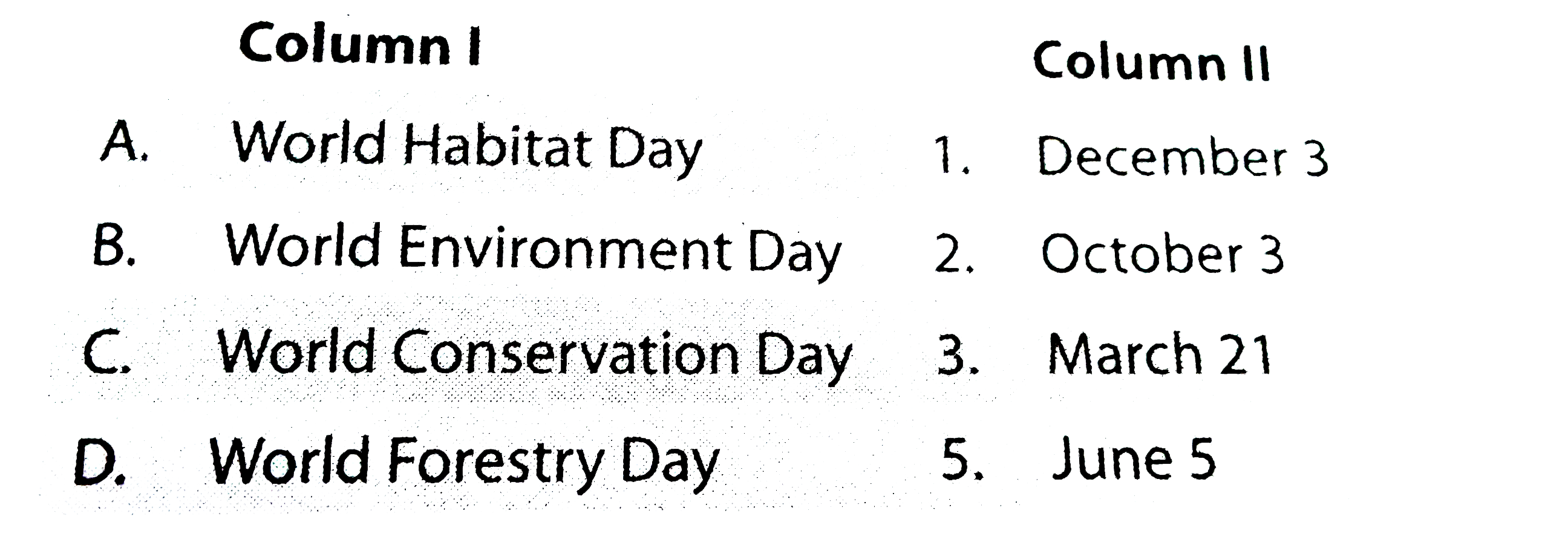
View SolutionMatch Column-I with Column-II and select the correct answer using the code given below the Columns

View SolutionMatch Column-I with Column-I and select the correct answer using the codes given below :

View SolutionMatch column I with column II and select the correct answer :
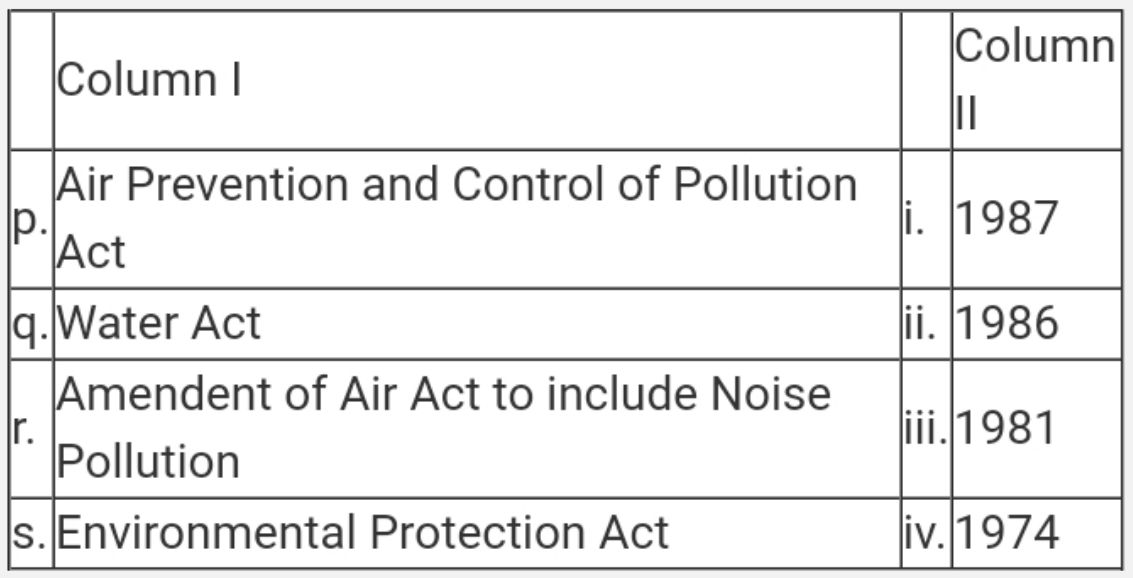
View SolutionMatch Column-I with Column-II and select the correct option using the codes given below
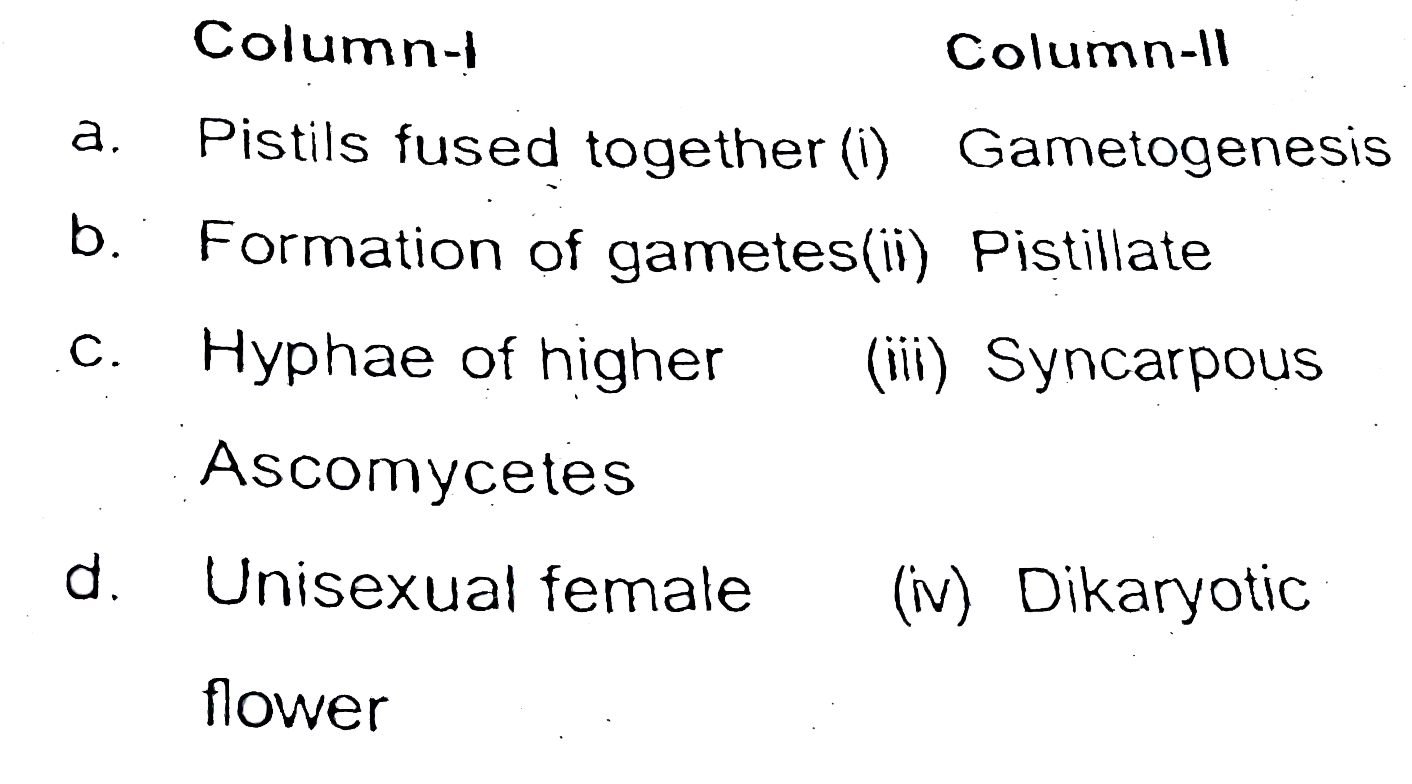
View SolutionMatch Column-I with Column -II and select the correct option using the codes given below

View SolutionMatch column I with column II and select the correct option using the codes given below:
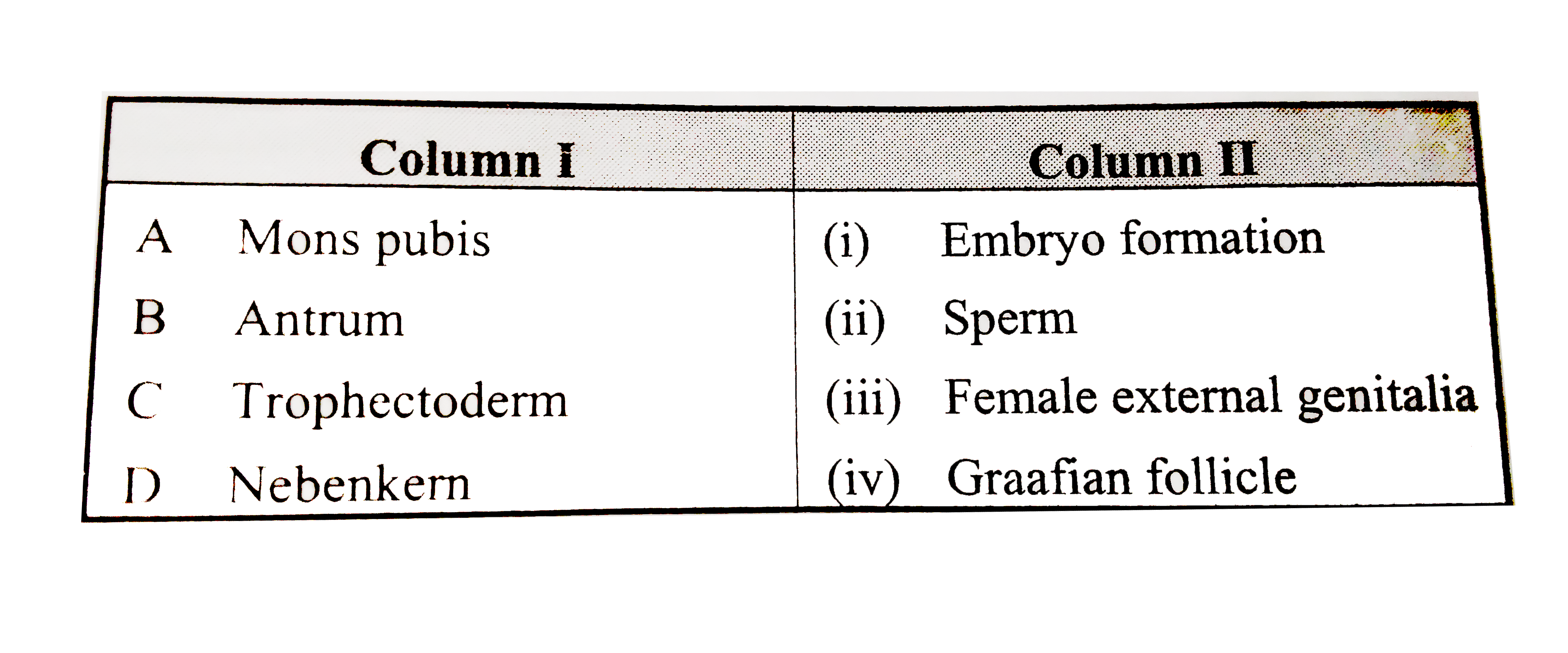
View SolutionMatch Column - I with Column -II and select the correct option using the codes given below
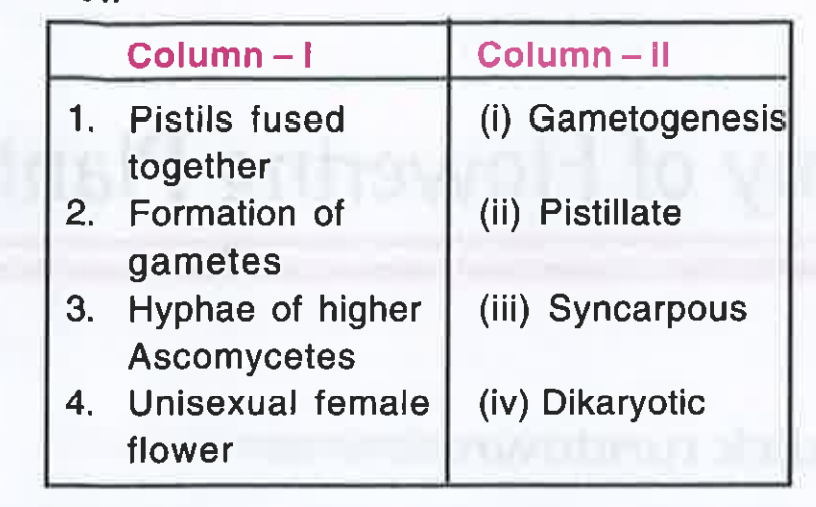
View SolutionMatch Column-I with Column-II and select the correct option using the codes given below.
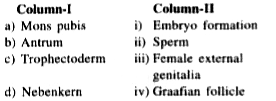
View SolutionMatch Column-I with Column-II and select the correct answer from the codes given below. :-
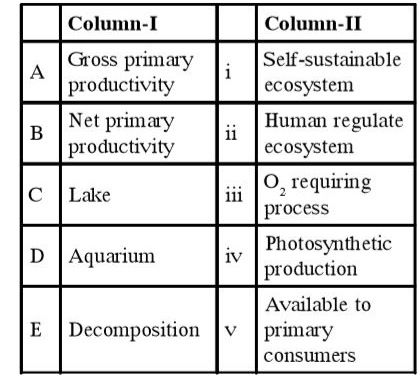
View Solution
